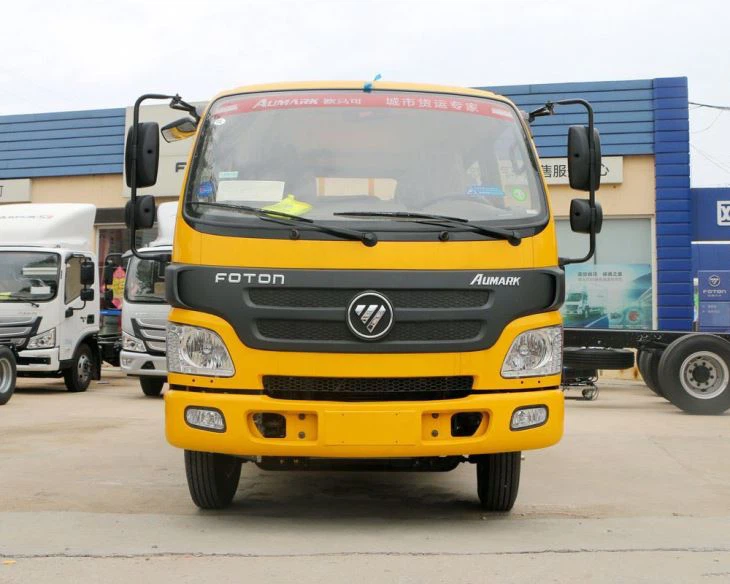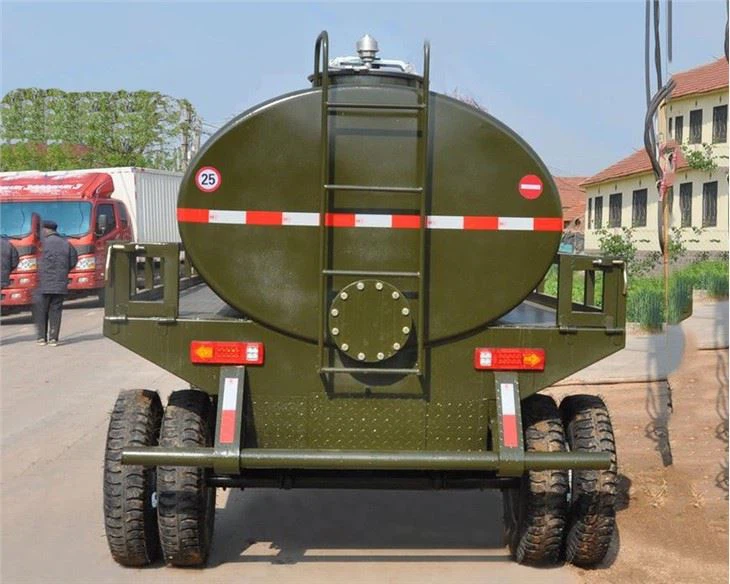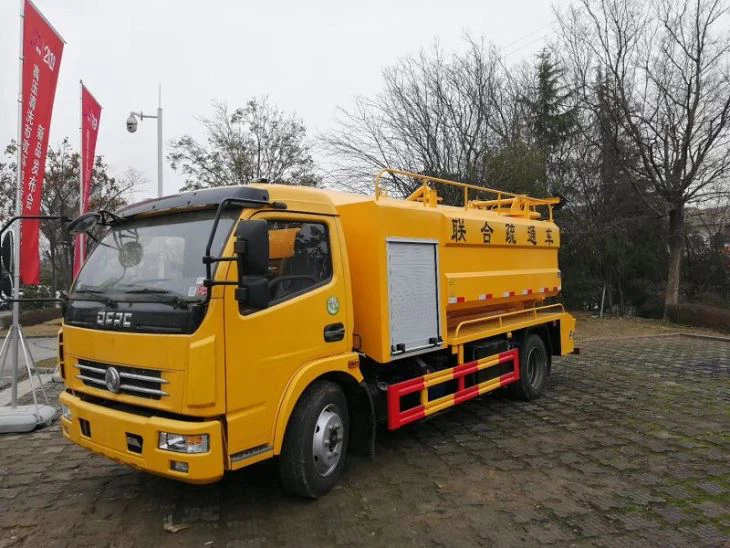The 2003 Peterbilt 330: A Comprehensive Review of Features, Specs, and Performance

Introduction
The 2003 Peterbilt 330 is a versatile medium-duty truck known for its robust construction and reliability. Designed primarily for urban and regional applications, it’s popular among businesses for its combination of power, efficiency, and comfort. This article will explore the specifications, features, advantages, and common tips for owning and maintaining a 2003 Peterbilt 330, helping potential buyers and current owners make informed decisions.
Overview of the 2003 Peterbilt 330
General Specifications
| Specification | Details |
|---|---|
| Model Year | 2003 |
| Engine Options | Cummins ISB, Caterpillar C7 |
| Horsepower | 190 to 330 HP |
| Transmission | Manual or Automatic |
| GVWR | Class 5 to Class 7 (up to 33,000 lbs) |
| Wheelbase | Various options (short to long) |
Key Features
One of the notable characteristics of the 2003 Peterbilt 330 is its strong yet lightweight aluminum frame that enhances fuel efficiency without compromising durability. Other standard features include:

- Ergonomically designed cab for operator comfort
- Multiple cab configurations (day cab and sleeper)
- Advanced technology for improved maneuverability
- Excellent visibility due to the large windows and mirrors
Engine and Performance
Engine Options Explained
The performance of the 2003 Peterbilt 330 is heavily influenced by the engine choices available. The two most popular engines are:
- Cummins ISB: Known for its reliability and fuel efficiency.
- Caterpillar C7: Offers increased power and torque, ideal for heavy loads.
Performance Metrics
Depending on the engine selected, the 2003 Peterbilt 330 delivers varying power outputs:
| Engine Type | Horsepower | Torque | Mileage (MPG) |
|---|---|---|---|
| Cummins ISB | 190-240 HP | 400-600 lb-ft | 10-15 MPG |
| Caterpillar C7 | 200-330 HP | 520-860 lb-ft | 8-12 MPG |
Driving and Handling
Due to its low center of gravity and well-engineered suspension system, the 2003 Peterbilt 330 offers exceptional handling. Its tight turning radius is particularly advantageous in urban settings.
Maintenance Tips for the 2003 Peterbilt 330
Routine Maintenance Schedule
Proper maintenance is crucial to ensure the longevity and efficiency of the 2003 Peterbilt 330. Here’s a recommended schedule:
- Oil Changes: Every 5,000 miles.
- Filter Replacements: Every 10,000 miles.
- Brake Inspections: Every 15,000 miles.
- Tire Rotations: Every 20,000 miles.
Common Issues and Troubleshooting
Here are some common problems with the 2003 Peterbilt 330 and how to troubleshoot them:
- Engine Hesitation: Check the fuel system for clogs.
- Brake Issues: Inspect brake pads and fluid levels.
- Electrical Problems: Examine wiring and connections for damage.
Features for Comfort and Convenience
Cabs and Interiors
The 2003 Peterbilt 330 is equipped with spacious interior designs that make long drives more comfortable. Some notable interior features include:
- Adjustable air-suspension seats
- Air conditioning and heating systems
- Ample storage compartments
Technology and Connectivity
Late 2003 models may include upgraded technology options, such as:

- Bluetooth through aftermarket installations
- Navigation systems
- Advanced climate control systems
Cost of Ownership

Initial Purchase Price
The cost for a used 2003 Peterbilt 330 typically ranges between $30,000 to $60,000, depending on the condition, mileage, and specific configuration.
Operating Costs
Annual operating costs can vary significantly based on usage, but here are average estimations:
- Fuel Costs: Based on mileage, around $3,000 to $8,000 yearly.
- Insurance: Generally ranges from $1,200 to $3,000 annually.
- Maintenance: Can be $500 to $1,500 a year, depending on usage.
Pros and Cons of the 2003 Peterbilt 330
Advantages
- Sturdy frame that can handle heavy loads
- Excellent visibility and maneuverability
- Comfortable interiors for long drives
Disadvantages
- Higher initial purchase price compared to competitors
- Possible availability of parts for older models
Comparisons with Other Trucks
2003 Peterbilt 330 vs. Freightliner M2
Both trucks cater to the medium-duty segment, but there are differences:
- Price: Freightliner M2 typically has lower initial costs.
- Performance: The Peterbilt usually outperforms in terms of power.
- Comfort: Many users prefer the Peterbilt’s cabin ergonomics.
2003 Peterbilt 330 vs. International 4200
- Durability: Peterbilt is known for its sturdy build.
- Fuel Efficiency: The International 4200 is often more fuel-efficient.
Frequently Asked Questions
1. What is the towing capacity of a 2003 Peterbilt 330?
The towing capacity varies based on the specific setup but generally ranges from 10,000 to 20,000 lbs.
2. How much can I expect to pay for insurance on a 2003 Peterbilt 330?
Insurance costs can range from $1,200 to $3,000 per year, depending on your location and driving history.
3. What common problems should I be aware of?
Common issues include engine hesitation, brake problems, and electrical issues, often due to wear and tear.
4. Is the 2003 Peterbilt 330 good for city driving?
Yes, its tight turning radius and good visibility make it an excellent choice for urban environments.
5. How does fuel efficiency compare to newer models?
While the 2003 model provides decent fuel efficiency, newer models often have better technologies and aerodynamics that enhance mileage.
6. Can I modify the engine for better performance?
Yes, modifications such as tuning, aftermarket intakes, or exhaust systems can improve performance, but they may void warranties or affect reliability.
